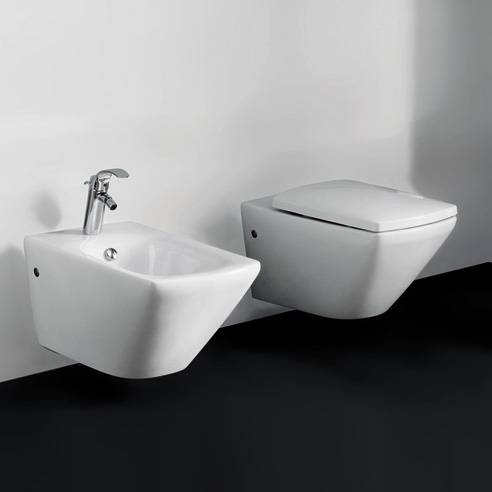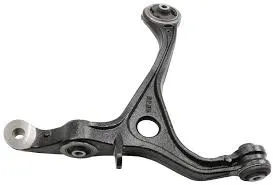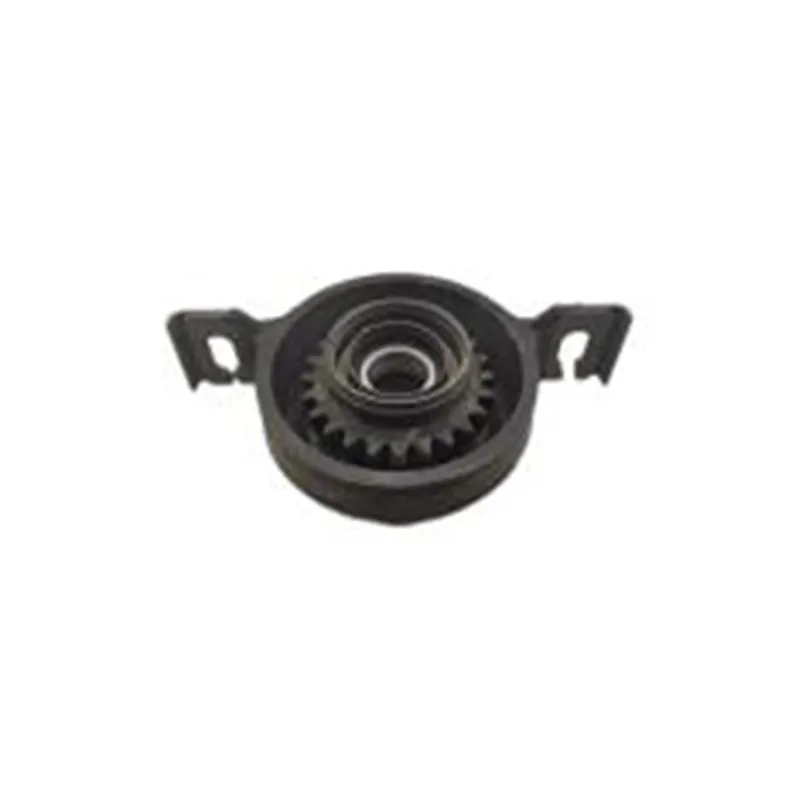
-
 Afrikaans
Afrikaans -
 Albanian
Albanian -
 Amharic
Amharic -
 Arabic
Arabic -
 Armenian
Armenian -
 Azerbaijani
Azerbaijani -
 Basque
Basque -
 Belarusian
Belarusian -
 Bengali
Bengali -
 Bosnian
Bosnian -
 Bulgarian
Bulgarian -
 Catalan
Catalan -
 Cebuano
Cebuano -
 Corsican
Corsican -
 Croatian
Croatian -
 Czech
Czech -
 Danish
Danish -
 Dutch
Dutch -
 English
English -
 Esperanto
Esperanto -
 Estonian
Estonian -
 Finnish
Finnish -
 French
French -
 Frisian
Frisian -
 Galician
Galician -
 Georgian
Georgian -
 German
German -
 Greek
Greek -
 Gujarati
Gujarati -
 Haitian Creole
Haitian Creole -
 hausa
hausa -
 hawaiian
hawaiian -
 Hebrew
Hebrew -
 Hindi
Hindi -
 Miao
Miao -
 Hungarian
Hungarian -
 Icelandic
Icelandic -
 igbo
igbo -
 Indonesian
Indonesian -
 irish
irish -
 Italian
Italian -
 Japanese
Japanese -
 Javanese
Javanese -
 Kannada
Kannada -
 kazakh
kazakh -
 Khmer
Khmer -
 Rwandese
Rwandese -
 Korean
Korean -
 Kurdish
Kurdish -
 Kyrgyz
Kyrgyz -
 Lao
Lao -
 Latin
Latin -
 Latvian
Latvian -
 Lithuanian
Lithuanian -
 Luxembourgish
Luxembourgish -
 Macedonian
Macedonian -
 Malgashi
Malgashi -
 Malay
Malay -
 Malayalam
Malayalam -
 Maltese
Maltese -
 Maori
Maori -
 Marathi
Marathi -
 Mongolian
Mongolian -
 Myanmar
Myanmar -
 Nepali
Nepali -
 Norwegian
Norwegian -
 Norwegian
Norwegian -
 Occitan
Occitan -
 Pashto
Pashto -
 Persian
Persian -
 Polish
Polish -
 Portuguese
Portuguese -
 Punjabi
Punjabi -
 Romanian
Romanian -
 Russian
Russian -
 Samoan
Samoan -
 Scottish Gaelic
Scottish Gaelic -
 Serbian
Serbian -
 Sesotho
Sesotho -
 Shona
Shona -
 Sindhi
Sindhi -
 Sinhala
Sinhala -
 Slovak
Slovak -
 Slovenian
Slovenian -
 Somali
Somali -
 Spanish
Spanish -
 Sundanese
Sundanese -
 Swahili
Swahili -
 Swedish
Swedish -
 Tagalog
Tagalog -
 Tajik
Tajik -
 Tamil
Tamil -
 Tatar
Tatar -
 Telugu
Telugu -
 Thai
Thai -
 Turkish
Turkish -
 Turkmen
Turkmen -
 Ukrainian
Ukrainian -
 Urdu
Urdu -
 Uighur
Uighur -
 Uzbek
Uzbek -
 Vietnamese
Vietnamese -
 Welsh
Welsh -
 Bantu
Bantu -
 Yiddish
Yiddish -
 Yoruba
Yoruba -
 Zulu
Zulu
High-Quality Toyota Upper Control Arms Durable Fit for Toyota Control Arm Replacement
- Understanding the Role and Importance of Toyota Upper Control Arms
- Technical Advantages of Modern Control Arm Design
- Manufacturer Comparison: Quality, Reliability, and Value
- Exploring Customized Solutions for Unique Automotive Needs
- Real-World Application Cases: Enhanced Performance and Durability
- Purchasing Guide: Factors to Consider When Selecting Control Arms
- Toyota Upper Control Arms: Future Trends and Industry Developments

(toyota upper control arms)
Understanding the Role and Importance of Toyota Upper Control Arms
Within the complex framework of a vehicle's suspension system, upper control arms represent a vital component that directly impacts handling, safety, tire longevity, and overall ride comfort. Specifically, Toyota upper control arms are engineered to operate within strict tolerances, thus ensuring precise wheel alignment while absorbing shocks from the road. Notably, a NHTSA report found that up to 60% of vehicle alignment issues are linked to worn-out or malfunctioning control arms. OEM (Original Equipment Manufacturer) specifications for Toyota control arms demand a balance of strength, flexibility, and corrosion resistance, underscoring the criticality of using compatible and high-quality parts. This opening section sets the stage for an informed examination of the unique features, advancements, and considerations associated with choosing the right upper control arm Toyota vehicles require, whether for routine replacement or performance upgrades.
Technical Advantages of Modern Control Arm Design
Advancements in metallurgy and manufacturing technology have transformed the design and functionality of contemporary control arms for Toyota models. The integration of high-strength steel alloys, forged aluminum, and composite materials has led to components that are lighter, yet exceptionally durable. A recent industry study highlighted that modern aluminum-alloy control arms reduce unsprung weight by up to 35% compared to traditional stamped steel, directly improving fuel efficiency and responsiveness. Enhanced bushings, often utilizing polyurethane or proprietary elastomers, significantly dampen vibrations and noise while maintaining sharper steering response.
Additionally, advances in corrosion-resistant coatings and seals increase part longevity, which is particularly beneficial for Fit for Toyota Control Arm solutions used in harsh environments. The modernization of control arm manufacturing also incorporates precision robotic welding and computer-aided quality inspections, minimizing tolerances and maximizing component lifespan. Ultimately, these technological gains contribute not only to safer driving experiences but also to reduced maintenance costs over the vehicle's service life.
Manufacturer Comparison: Quality, Reliability, and Value
With numerous automotive parts manufacturers offering Fit for Toyota Control Arm products, making an informed decision requires scrutiny of build quality, warranty, testing standards, and brand reputation. The following table compares key metrics across leading control arm suppliers in the industry, based on third-party laboratory data and market feedback.
| Manufacturer | Material | Average Lifespan (miles) | Load Testing (lbs) | Corrosion Resistance (Salt Spray hrs) | Warranty (years) | Price Range (USD) |
|---|---|---|---|---|---|---|
| OEM Toyota | Forged Steel / Aluminum | 120,000 | 4,500 | 1,000 | 3 | 150 - 250 |
| Moog | High-Strength Steel | 110,000 | 4,200 | 800 | 2 | 90 - 180 |
| Dorman | Aluminum Alloy | 100,000 | 4,000 | 950 | 2 | 85 - 170 |
| Mevotech | Steel with Composite Bushings | 105,000 | 4,150 | 920 | 3 | 100 - 200 |
| TRW | Forged Aluminum | 115,000 | 4,400 | 1,200 | 3 | 130 - 240 |
This data underscores the diversity in material usage, durability, and price. Notably, OEM Toyota and TRW excel in corrosion resistance and lifespan, reflecting a premium offering. Balancing these factors is crucial when selecting a replacement control arm Toyota owners can trust for their daily or performance vehicles.
Exploring Customized Solutions for Unique Automotive Needs
Not every Toyota owner's requirements are identical; off-road enthusiasts, fleet operators, or high-performance vehicle owners often demand customized control arm solutions. Custom fabrication can involve extended travel designs for lifted trucks, reinforced ball joints for high-storm impact zones, or reengineered geometries for advanced suspension tuning. For example, customers seeking increased ground clearance or modified camber angles may specify aftermarket upper control arms with adjustable pivot points and bushings.
According to a SEMA survey, 32% of aftermarket suspension part sales involve either customized or semi-custom fitments for specific driving applications. Suppliers catering to these requirements operate advanced CNC machining centers and use 3D scanning of OEM parts to guarantee exceptional fitment and performance, even in demanding conditions. Collaborations between tuners and engineering teams have also led to the integration of modular components, enabling seamless replacement and scalability as vehicle modifications evolve over time.
Real-World Application Cases: Enhanced Performance and Durability
The impact of upgrading or replacing upper control arms is well-documented across diverse automotive sectors. In commercial fleet applications, for example, upgrading to heavy-duty Fit for Toyota Control Arm assemblies resulted in a 27% reduction in maintenance costs over a three-year period, based on fleet maintenance data.
Meanwhile, off-road Toyota truck owners have reported increased tire life (by as much as 23,000 miles) and improved articulation after installing upgraded control arms with reinforced bushings and ball joints. In motorsport contexts, advanced composite arms have demonstrated measurable gains in lap time consistency and reduced understeer during cornering. These case studies reflect the tangible value of selecting the appropriate control arm, emphasizing not just direct replacement but strategic upgrades tailored to usage scenarios.
Purchasing Guide: Factors to Consider When Selecting Control Arms
When sourcing a replacement or upgrade for a control arm Toyota owners need, deliberation over several key attributes is essential to making a long-term investment. Start with vehicle compatibility: always confirm the control arm is specifically engineered for your Toyota model, year, and trim. Examine material quality and inquire about testing standards—superior bushings and ball joint integration considerably reduce future maintenance needs.
Consider the environment your vehicle operates in; for instance, corrosion-resistant coatings are paramount in coastal or snowy regions. Warranty length often reflects the manufacturer's confidence in its product’s durability and is an effective indicator of value. Price, while important, should be balanced against the component’s anticipated lifespan, load ratings, and real-word performance testimonials. Leveraging comparison tables, independent reviews, and technical datasheets will enhance your purchasing confidence.
Toyota Upper Control Arms: Future Trends and Industry Developments
The evolution of Toyota upper control arms is projected to accelerate with advancements in materials science, manufacturing automation, and the integration of smart sensors. Industry forecasts suggest a shift toward hybrid composite materials, such as carbon-fiber-reinforced polymers, which promise reductions in both weight and long-term wear. Emerging trends also include the adoption of embedded sensors to monitor ball joint health, bushing integrity, and alignment in real-time, feeding diagnostics directly to telematics systems or mobile apps.
From a sustainability perspective, control arm Toyota part suppliers are increasingly employing recycled metals and adopting energy-efficient production protocols. Additionally, as electric vehicles and autonomous driving technology proliferate within the Toyota lineup, control arm designs will adapt to the new distribution of weight and revised dynamic load requirements. The future points to safer, smarter, and more adaptable solutions, reinforcing the pivotal role of upper control arms within the next generation of automotive engineering.

(toyota upper control arms)
FAQS on toyota upper control arms
Q: What are Toyota upper control arms?
A: Toyota upper control arms are critical suspension components that connect the vehicle’s frame to the wheel hub. They help maintain proper wheel alignment and allow for smooth up-and-down wheel movement.Q: How do I know if my control arm Toyota needs replacement?
A: Signs include unusual tire wear, clunking noises, or poor handling. If you notice any of these symptoms, it's time to inspect or replace your Toyota control arm.Q: Are there aftermarket Fit for Toyota Control Arm options?
A: Yes, many aftermarket upper control arms are designed specifically to fit a range of Toyota models. These offer various benefits like improved durability and adjustable features.Q: Can I install Toyota upper control arms myself?
A: If you have automotive experience and the right tools, you can install them yourself. However, for safety and optimal performance, professional installation is recommended.Q: Do upgraded upper control arms improve my Toyota’s performance?
A: Upgraded control arms can enhance suspension articulation, off-road capability, and overall handling. They are especially beneficial for lifted or performance-modified Toyotas.-

 English
English
 Afrikaans
Afrikaans
 Albanian
Albanian
 Amharic
Amharic
 Arabic
Arabic
 Armenian
Armenian
 Azerbaijani
Azerbaijani
 Basque
Basque
 Belarusian
Belarusian
 Bengali
Bengali
 Bosnian
Bosnian
 Bulgarian
Bulgarian
 Catalan
Catalan
 Cebuano
Cebuano
 Corsican
Corsican
 Croatian
Croatian
 Czech
Czech
 Danish
Danish
 Dutch
Dutch
 Esperanto
Esperanto
 Estonian
Estonian
 Finnish
Finnish
 French
French
 Frisian
Frisian
 Galician
Galician
 Georgian
Georgian
 German
German
 Greek
Greek
 Gujarati
Gujarati
 Haitian Creole
Haitian Creole
 Hausa
Hausa
 Hawaiian
Hawaiian
 Hebrew
Hebrew
 Hindi
Hindi
 Hungarian
Hungarian
 Icelandic
Icelandic
 Igbo
Igbo
 Indonesian
Indonesian
 Irish
Irish
 Italian
Italian
 Japanese
Japanese
 Javanese
Javanese
 Kannada
Kannada
 Kazakh
Kazakh
 Khmer
Khmer
 Rwandese
Rwandese
 Korean
Korean
 Kurdish
Kurdish
 Kyrgyz
Kyrgyz
 Lao
Lao
 Latin
Latin
 Latvian
Latvian
 Lithuanian
Lithuanian
 Luxembourgish
Luxembourgish
 Macedonian
Macedonian
 Malgashi
Malgashi
 Malay
Malay
 Malayalam
Malayalam
 Maltese
Maltese
 Maori
Maori
 Marathi
Marathi
 Mongolian
Mongolian
 Myanmar
Myanmar
 Nepali
Nepali
 Norwegian
Norwegian
 Norwegian
Norwegian
 Occitan
Occitan
 Pashto
Pashto
 Persian
Persian
 Polish
Polish
 Portuguese
Portuguese
 Punjabi
Punjabi
 Romanian
Romanian
 Russian
Russian
 Samoan
Samoan
 Scottish Gaelic
Scottish Gaelic
 Serbian
Serbian
 Sesotho
Sesotho
 Shona
Shona
 Sindhi
Sindhi
 Sinhala
Sinhala
 Slovak
Slovak
 Slovenian
Slovenian
 Somali
Somali
 Spanish
Spanish
 Sundanese
Sundanese
 Swahili
Swahili
 Swedish
Swedish
 Tagalog
Tagalog
 Tajik
Tajik
 Tamil
Tamil
 Tatar
Tatar
 Telugu
Telugu
 Thai
Thai
 Turkish
Turkish
 Turkmen
Turkmen
 Ukrainian
Ukrainian
 Urdu
Urdu
 Uighur
Uighur
 Uzbek
Uzbek
 Vietnamese
Vietnamese
 Welsh
Welsh
 Bantu
Bantu
 Yiddish
Yiddish
 Yoruba
Yoruba
 Zulu
Zulu
 Miao
Miao






